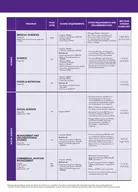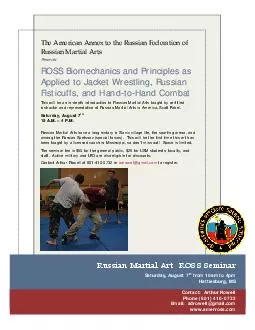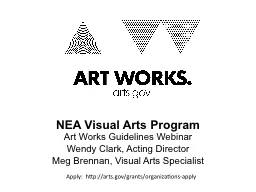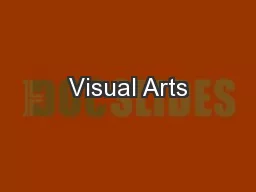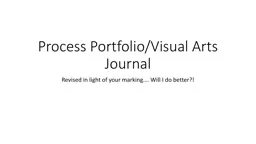PPT-Process Portfolio/Visual Arts Journal
Author : tatyana-admore | Published Date : 2017-05-31
Revised criteria ensure you KNOW what is expected http wwwocmanet exhibition richard diebenkorn oceanparkseries Trip to the souk in Mutrah Muscat Using the
Presentation Embed Code
Download Presentation
Download Presentation The PPT/PDF document "Process Portfolio/Visual Arts Journal" is the property of its rightful owner. Permission is granted to download and print the materials on this website for personal, non-commercial use only, and to display it on your personal computer provided you do not modify the materials and that you retain all copyright notices contained in the materials. By downloading content from our website, you accept the terms of this agreement.
Process Portfolio/Visual Arts Journal: Transcript
Download Rules Of Document
"Process Portfolio/Visual Arts Journal"The content belongs to its owner. You may download and print it for personal use, without modification, and keep all copyright notices. By downloading, you agree to these terms.
Related Documents


